

The JPL MkIV interferometer will perform a balloon flight from Ft. Sumner, New Mexico (34.4N, 104.2W), during September 2005 in order to measure profiles of atmospheric trace gases of relevance to the AURA sensors. High signal-to-noise ratio solar occultation spectra will be measured throughout the mid-infrared region (650-5650 cm-1) at high spectral resolution (0.01 cm-1) at sunrise and sunset. These spectra will allow the simultaneous retrieval of profiles of more than 30 different atmospheric gases including O3 and H2O and NO2 which will also be measured by the HIRDLS and TES instruments on board the AURA spacecraft. On the same gondola will be the Far Infrared Spectrometer (FIRS-2), the Stratospheric Limb Sounder (SLS-2), Balloon OH terahertz hetrodyne spectrometer (BOH), and the in-situ O3 photometer. A second payload participating in the Aura validation campaign consists of the Cryogenic Whole Air Sampler (CWAS, PI: Elliot Atlas, U Miami) and the ozone photometer.
The total payload weight is 3680 lbs. This includes the instruments, gondola, azimuth pointing system, batteries, the NSBF TM/TC system, crush pads, and recovery tools. MkIV is powered by 10 lithium batteries each weighing 11 lbs and providing a capacity of 35 AH at 28 V. The gondola dimensions are 6 ft. x 6 ft. x 18 ft. It will be launched on a balloon of 39 MCF volume (1.4 M m3), and will reach 40 km float altitude.
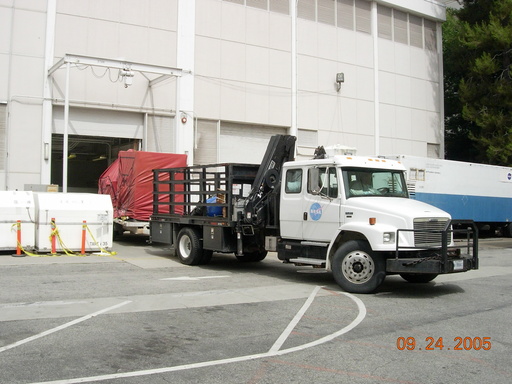
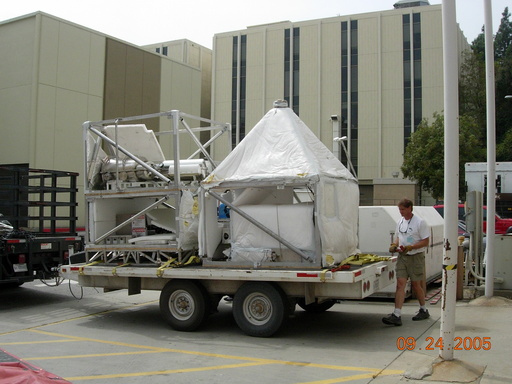
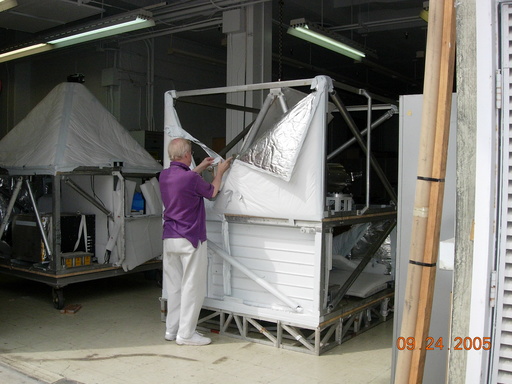
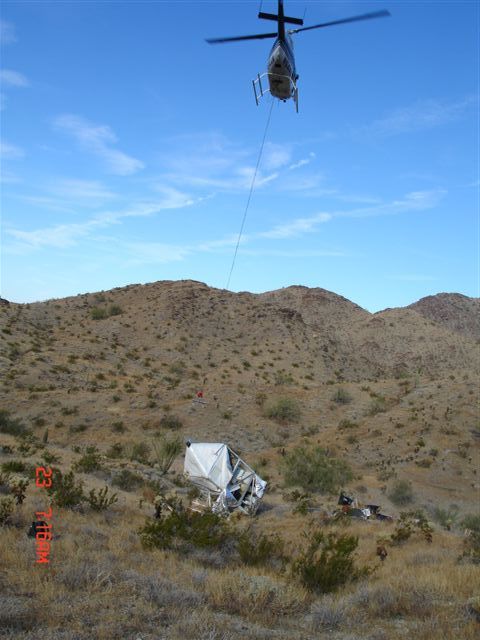
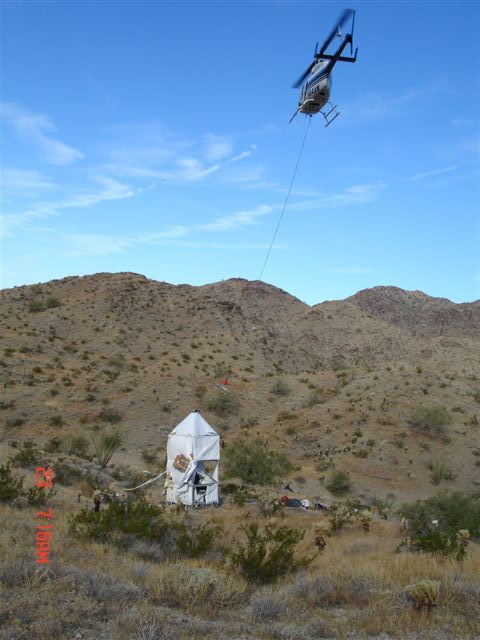

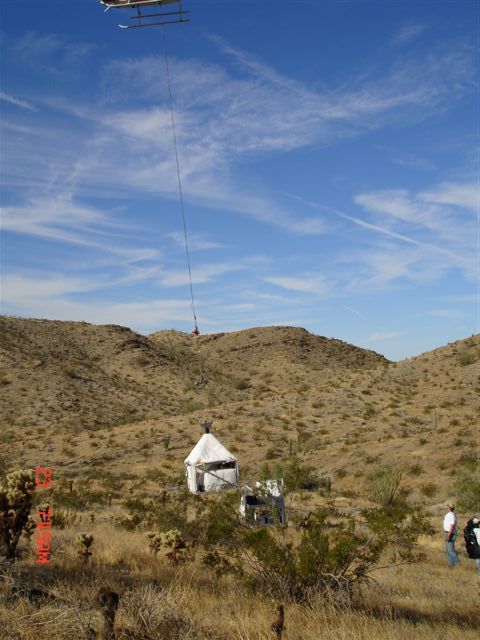
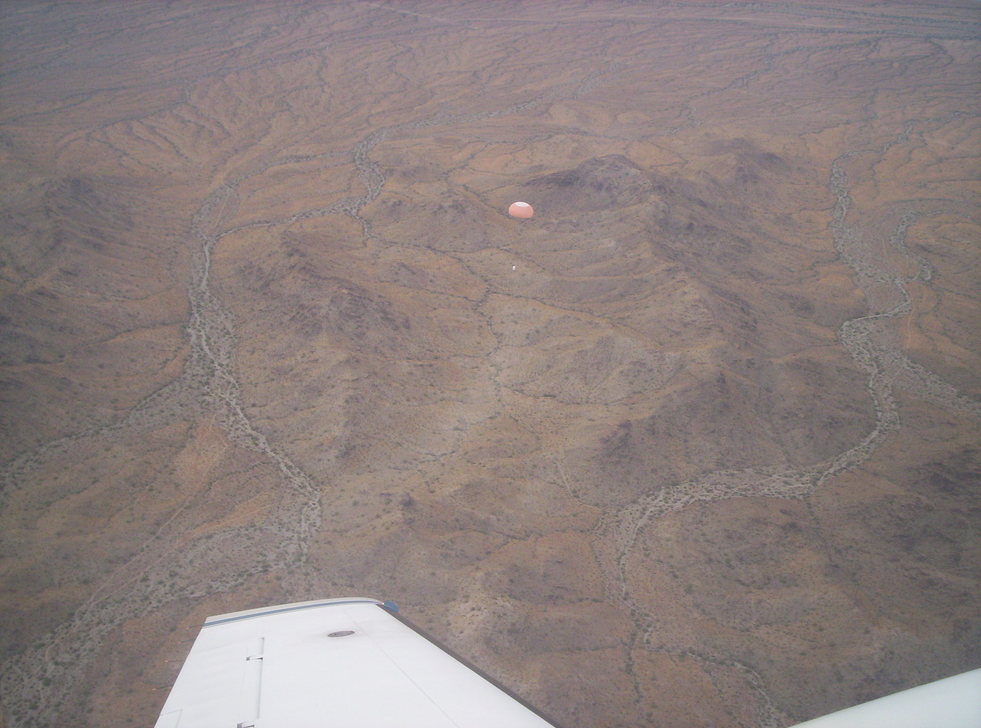
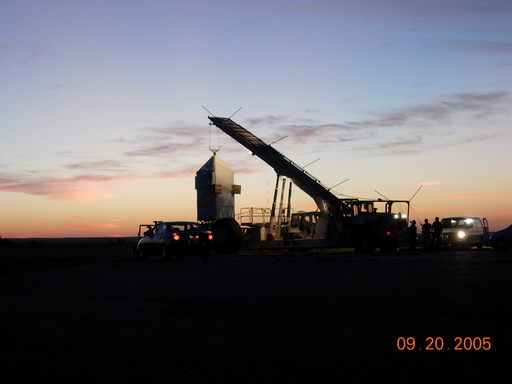
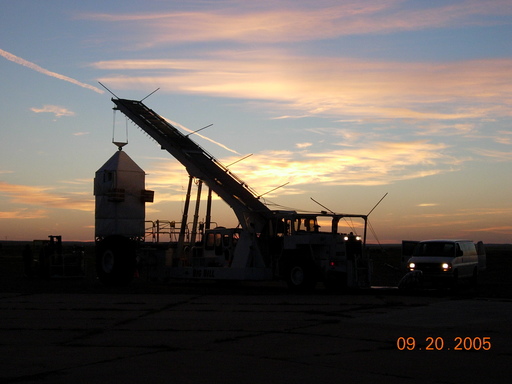
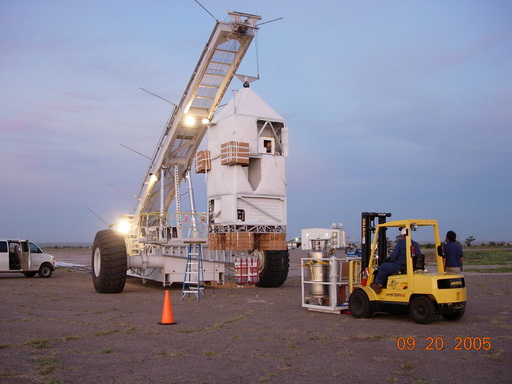
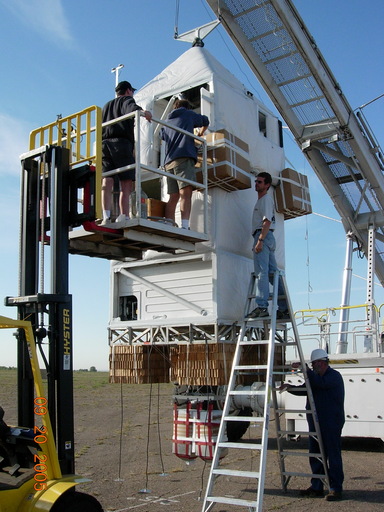
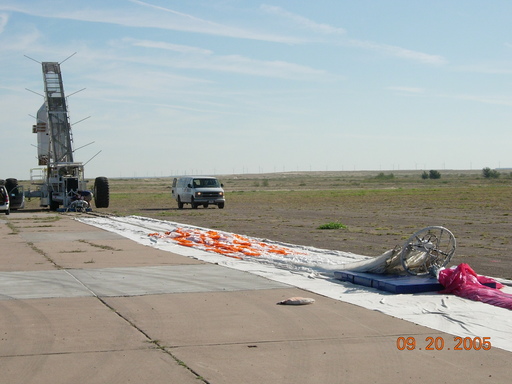

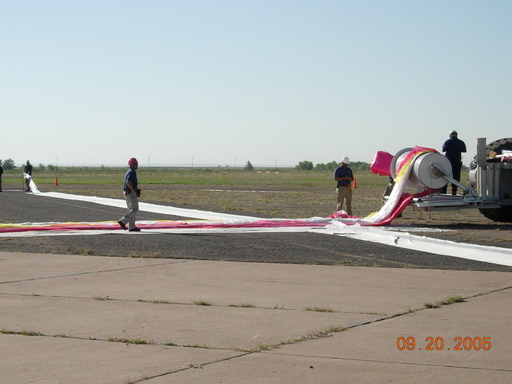
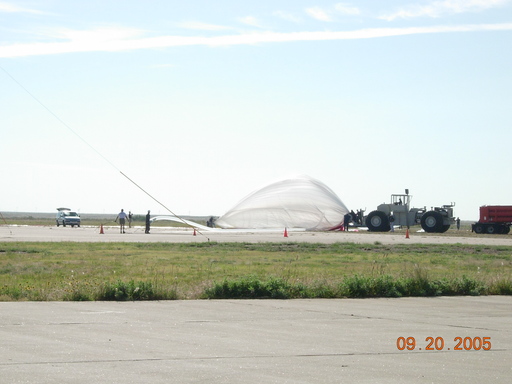
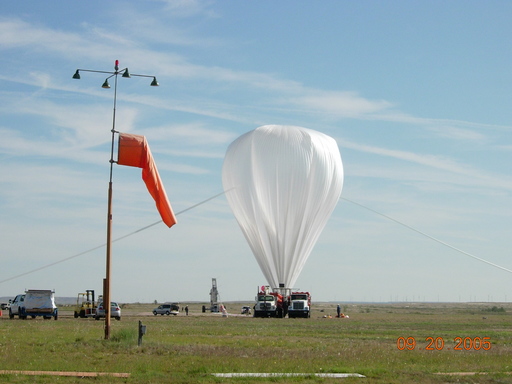
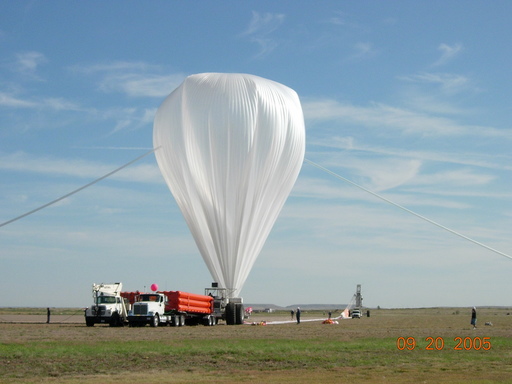
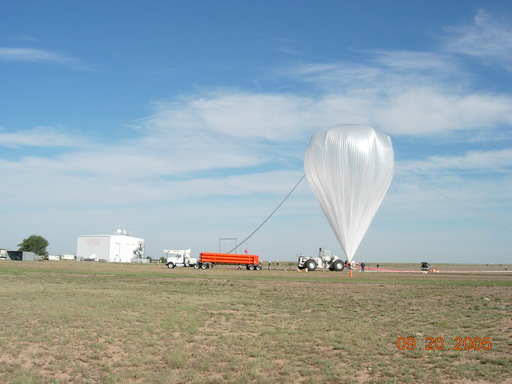
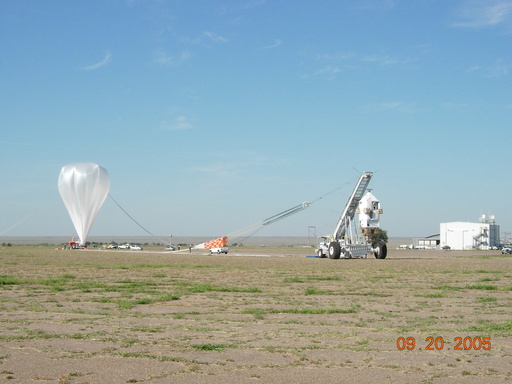

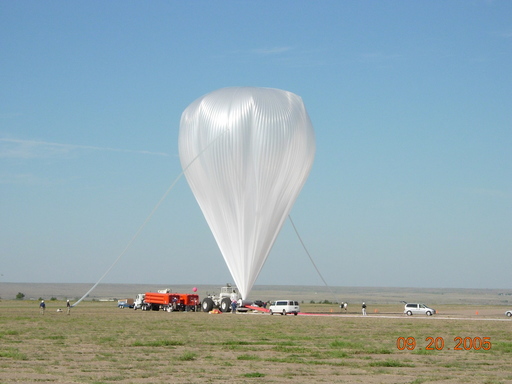
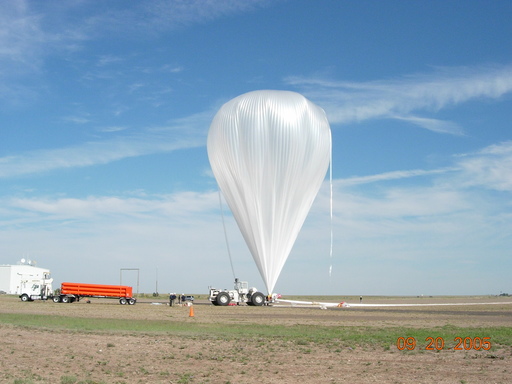
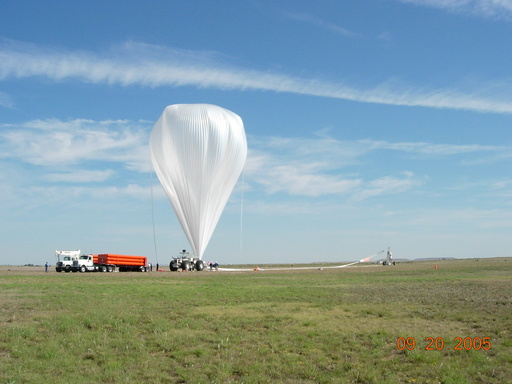
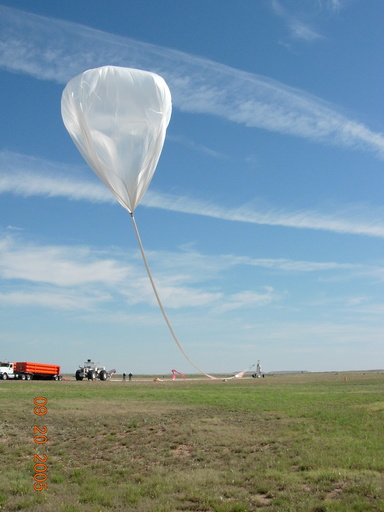
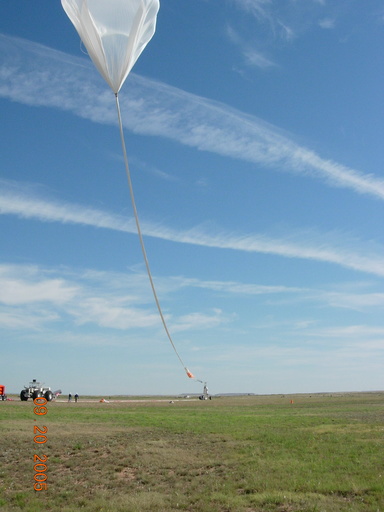
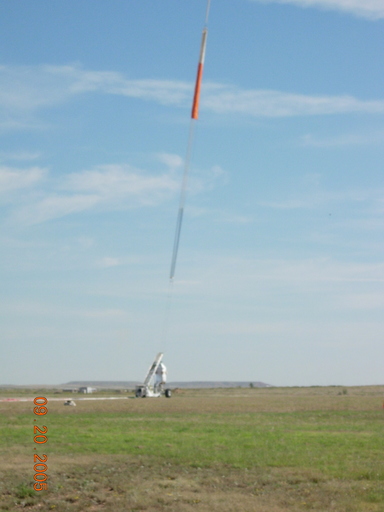
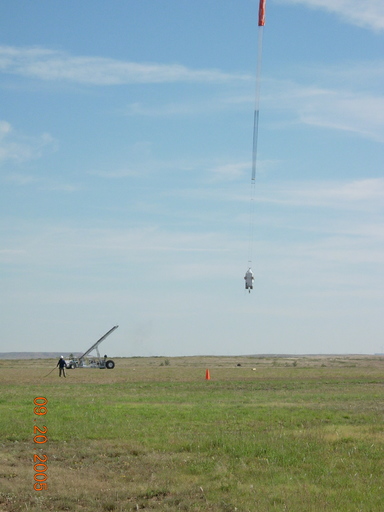
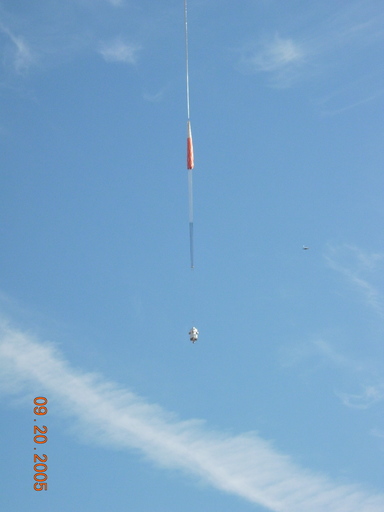
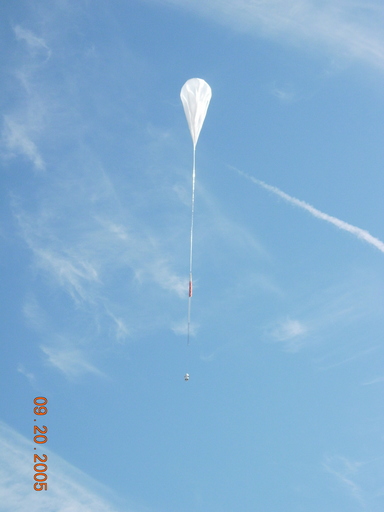

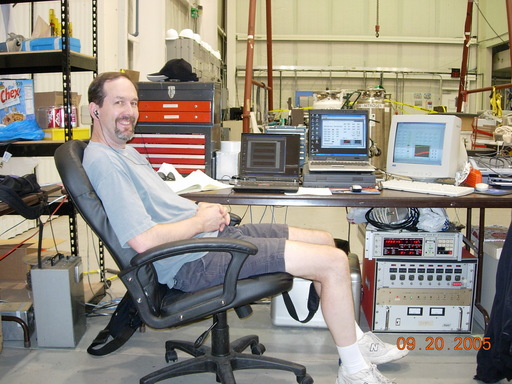
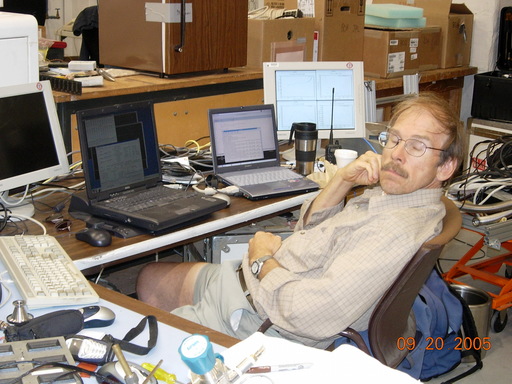
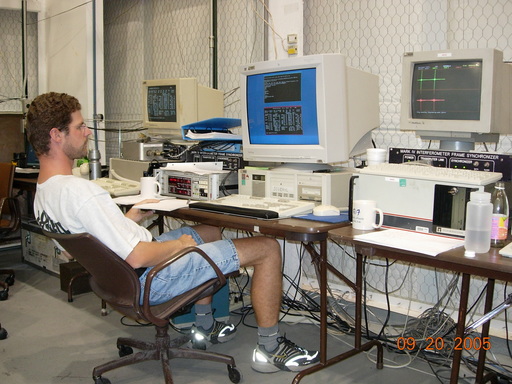
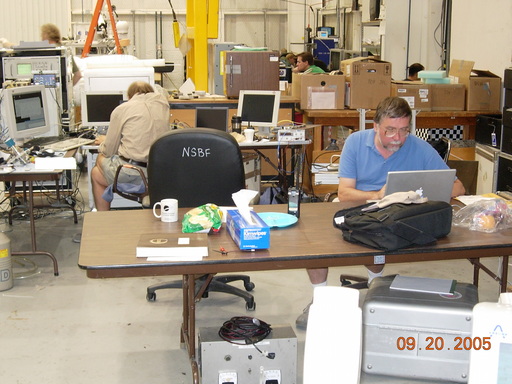
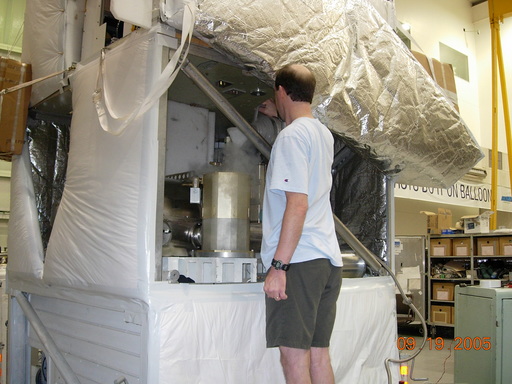

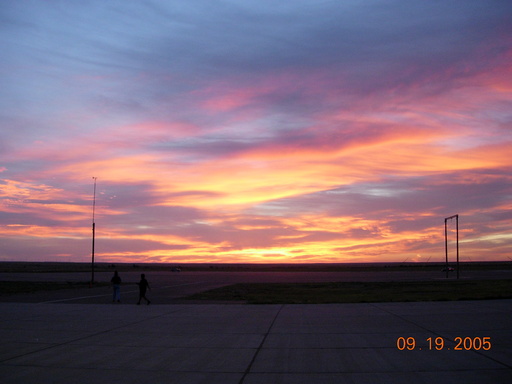
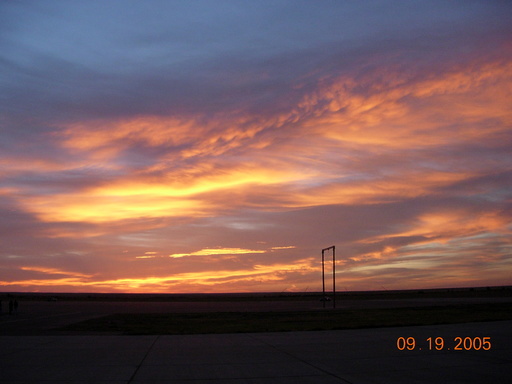
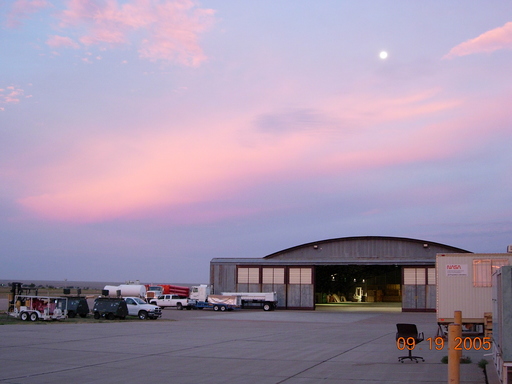
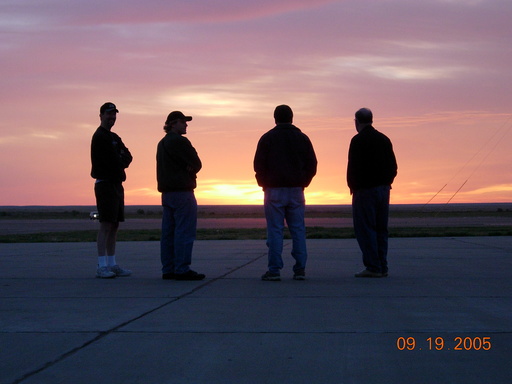
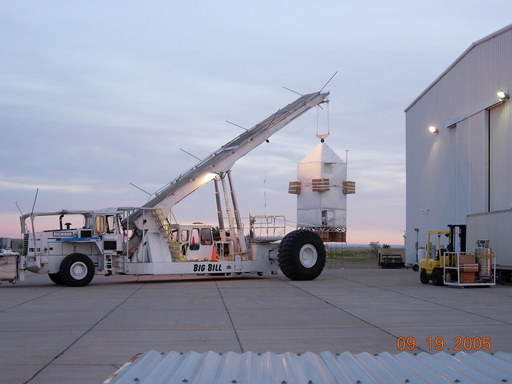

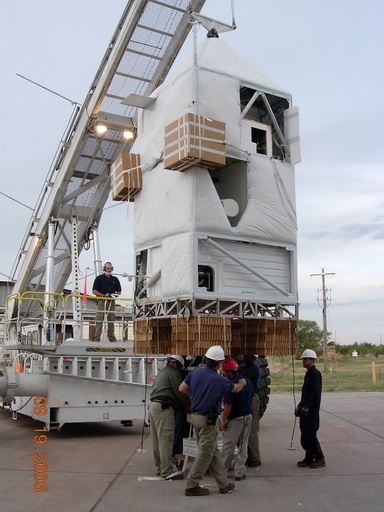
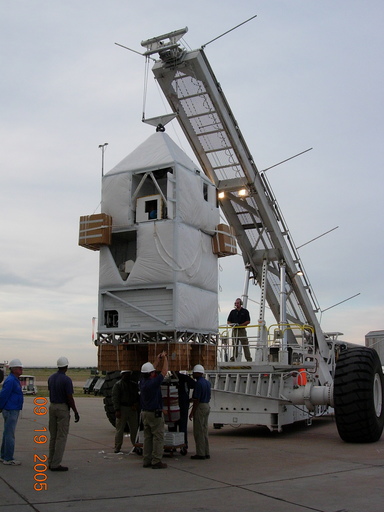
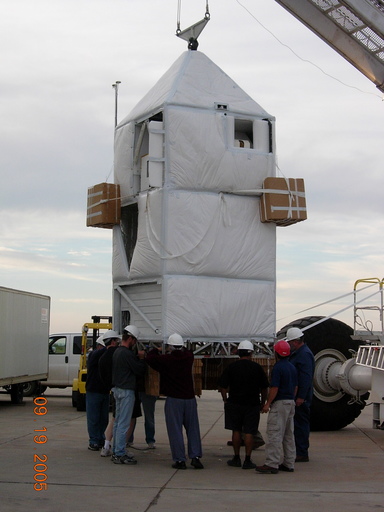
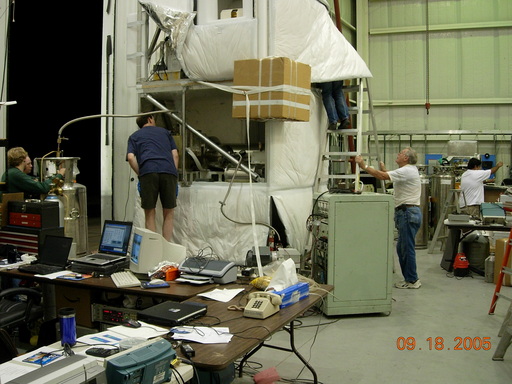
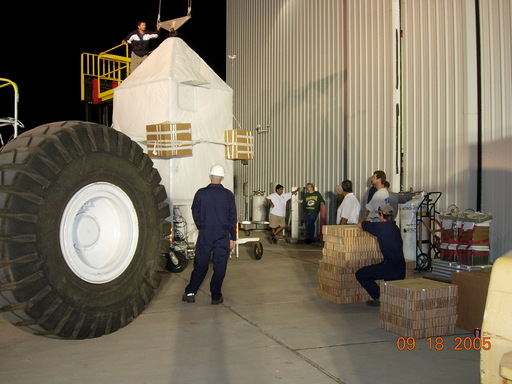
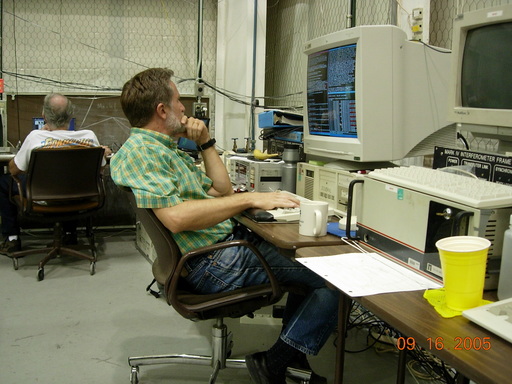
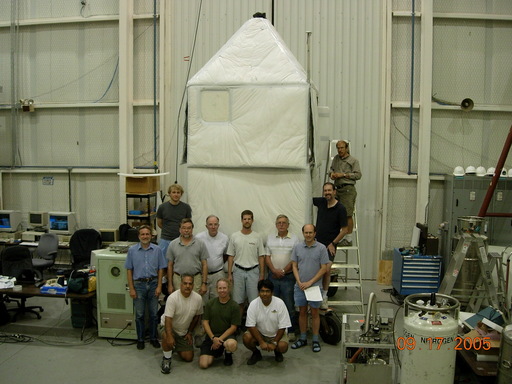
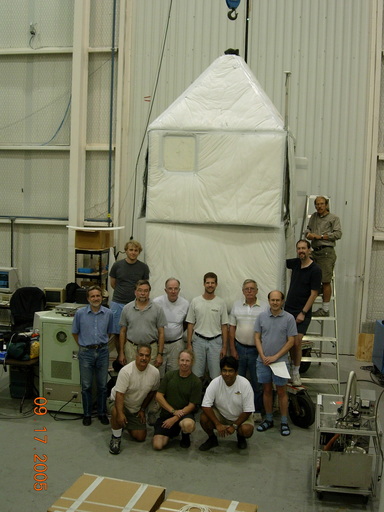

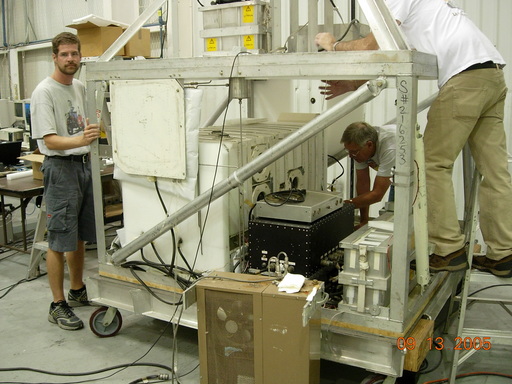
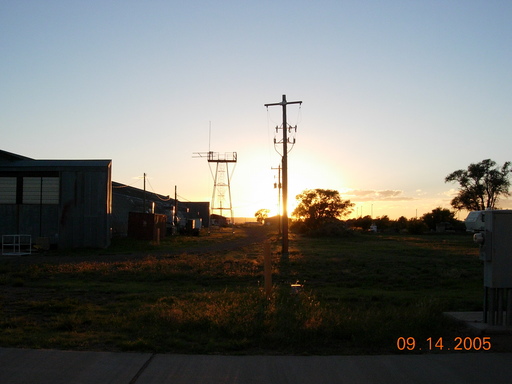

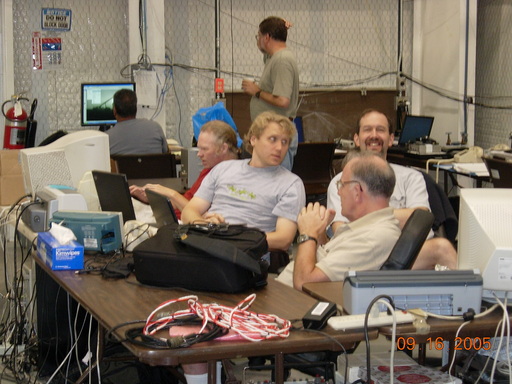
| Item | 2004 Weight | 2005 Weight |
|---|---|---|
| MkIV (10) | 790 | 790 |
| FIRS (7) | 740 | 740 |
| BOH (14) | 635 | 635 |
| SLS (3) | 185 | 185 |
| O3 (3) | 0 | 98 |
| Az Drive (3) | 200 | 200 |
| Gondola | 650 | 650 |
| Stump Ring | 140 | 129 |
| Insulation | 138 | 148 |
| CIP | 82 | 82 |
| ???? | 0 | 23 |
| Sub-Total | 3560 | 3680 |
| Crush Pads | 88 | 98 |
| Misc NSBF | 34 | 36 |
| Ballast | 968 | 1186 |
| Grand Total | 4650 | 5000 |
Footnotes:
1) Numbers in parentheses are numbers of batteries, which weigh 11 lbs each. Instrument weights include batteries.
2) ???? is the extra weight by which this gondola exceeds the prediction based on last year's weight. Since the scale is probably good to only 1%, this is not a concern.
3) 3680 lbs is the gondola weight measured by NSBF on Sep 16, 2005
4) 5000 lbs is the total allowed suspended weight, limited by the azimuth rotator.
5) "Misc NSBF" is mainly the ballast hoppers and valves.
6) The bottom crush-pads weigh 12 lbs each and the side
crush-pads 10 lbs each. giving a total of 4*10+4*12=88 lbs.
Adding straps, brackets and bolts brings the total to 98 lbs.